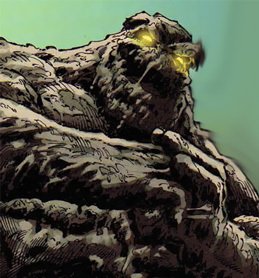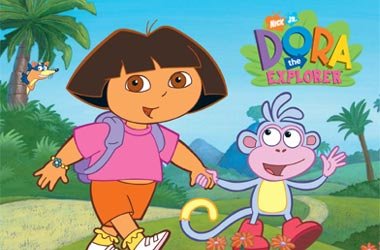Many kids and adults adore Pinocchio, the wooden puppet that dreams of being a real boy. Ever wonder when Pinocchio was first thought up?
In the 1800s, Italian writer Carlo Collodi created him. He first shared Pinocchio’s story bit by bit in a kids’ magazine, “Giornale per i bambini,” from 1881 to 1883.
First called “The Story of a Puppet,” the tale gained many young fans. Releasing it in pieces let Collodi create a story that grabbed kids’ attention over time.
Only in 1883 did Collodi’s work become a full book, “The Adventures of Pinocchio.” This helped cement Pinocchio’s spot in the world of children’s literature.
Pinocchio’s charm lies in its evergreen themes. The story stresses honesty and reveals the fallout of lies. It also celebrates growing and making amends. These values still strike a chord with all readers, keeping Pinocchio relevant.
Pinocchio’s lasting appeal inspired many retellings in various media types. In 1940, Walt Disney released his animated “Pinocchio” movie. It opened up the puppet-boy’s story to even more people. The film was a hit and earned two Academy Awards.
Pinocchio, the long-nosed wooden character, is a famous figure. People released many versions of his story as plays, TV shows, and books. You can’t miss his unique look – just like you can’t separate his name from his tale.
Creating Pinocchio was significant. His transformation from naughty puppet to real boy fascinates people. This story has touched society, leading to lots of other versions.
Who created Pinocchio? Carlo Collodi did. He published “The Story of a Puppet” between 1881 and 1883. From then till now, his characters and themes kept exciting people of all ages.
Whether you’re a first-time reader or coming back to Pinocchio’s story, it will impact you. Follow his self-discovery journey, and see the value of being honest, courageous, and true to yourself.





